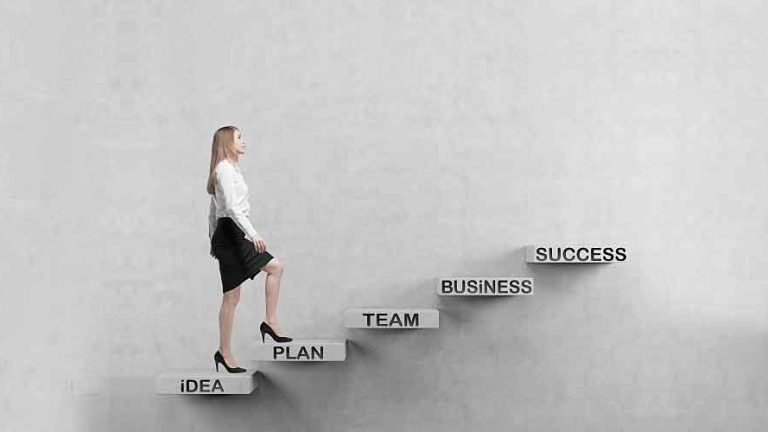What does the future of women in leadership look like and the trends and challenges awaiting
There has been a dramatic shift in the landscape of leadership across numerous industries and sectors in recent decades. Women have slowly broken through the glass ceiling, occupying leadership roles in corporations, governments, and non-profit organizations as well. This extraordinary breakthrough in gender diversity has not only changed the face of leadership, but has also set the road for a more inclusive and equitable future. However, the road to gender equality in leadership is far from over. In this article, let us look at the trends and challenges that women in leadership may face in the future, as well as the way to a more gender-inclusive future.
The Development So Far
Before moving into the future, it’s critical to recognize the major advances made by women in leadership roles. Women have risen to positions of power in a variety of professions during the last few decades, from politics and business to academics and technology. Among the notable examples are Angela Merkel, the former Chancellor of Germany, and Mary Barra, the CEO of General Motors. These accomplishments show that long-held gender preconceptions are increasingly crumbling, allowing women to exhibit their leadership talents on a global scale.
Trends Shaping the Future of Women in Leadership
1) Increasing Representation
Increasing representation of women in leadership roles is one of the most promising trends. More organizations recognize the importance of diversity and are working hard to achieve gender parity in their leadership teams. This trend is being pushed by accumulating evidence that diverse teams result in improved decision-making and more innovation.
2) Mentorship and networking
Another encouraging trend is the increased emphasis on mentorship and networking opportunities for female executives. Organizations and professional networks are developing venues for prospective female leaders to connect with experienced mentors, who will guide and assist them as they advance in their careers.
3) Leadership Development
Leadership development programs for women are on the rise. These programs assist women in developing critical leadership skills such as negotiation, conflict resolution, and strategic thinking, which are frequently required for success in leadership posts.
4) Work-Life Balance
The growing acknowledgement of the need of work-life balance represents a fundamental shift in society standards. Organizations are becoming more flexible, with remote work choices and family-friendly policies that can assist women in balancing their leadership roles with their home life.
Challenges on the Horizon
1) Gender Bias
Many organizational cultures still have a strong gender bias. Women in positions of leadership may face subtle or overt prejudice, which can stymie their career advancement.
2) Lack of Representation in STEM
Women continue to be underrepresented in sectors such as science, technology, engineering, and mathematics (STEM). It is critical to encourage females to seek STEM education and careers in order to increase their participation in leadership roles in these industries.
3) Unconscious Bias
On an individual and institutional level, unconscious bias can be a serious hindrance to women’s success. Identifying and addressing these prejudices is critical for creating a more inclusive atmosphere.
4) Struggles with Work-Life Balance
Achieving work-life balance can be especially difficult for women in leadership positions, who frequently face societal pressure to perform both professionally and personally. Organizations must continue to change policies in order to maintain this equilibrium.
Conclusion
Women in leadership have a bright future, thanks to increased representation, mentorship opportunities, and leadership training. However, it is critical to recognize the ongoing obstacles, such as gender bias, underrepresentation in STEM, unconscious bias, and work-life balance issues. True development necessitates a deliberate effort on the part of organizations, governments, and society at large to create an environment in which women may flourish in leadership roles without encountering unnecessary obstacles. Moving forward, the future of women in leadership has the potential to create a more inclusive and fairer world in which leadership is defined by competence rather than gender.






Add comment